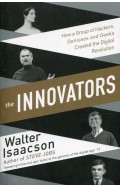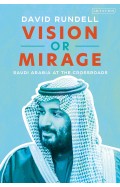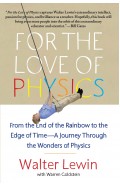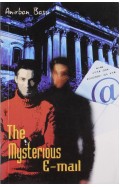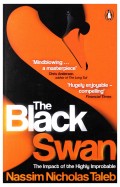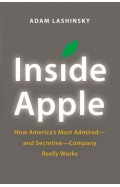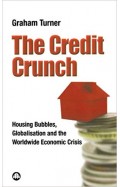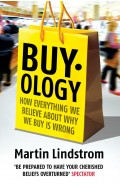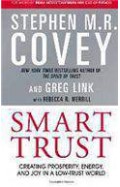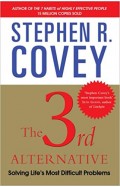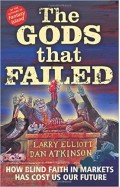- Home
- Books
- Categories
- Non Fiction
- Business & Management
- How to Make the World Add Up: Ten Rules for Thinking Differently About Numbers
How to Make the World Add Up: Ten Rules for Thinking Differently About Numbers
By: Tim Harford
-
Rs 1,426.75
- Rs 2,195.00
- 35%
You save Rs 768.25.
Due to constant currency fluctuation, prices are subject to change with or without notice.
If you aren't in love with stats before reading this book, you will be by the time you're done. Powerful, persuasive, and in these truth-defying times, indispensable
Caroline Criado Perez, author of Invisible Women
'Fabulously readable, lucid, witty and authoritative . . . Every politician and journalist should be made to read this book, but everyone else will get so much pleasure and draw so much strength from the joyful way it dispels the clouds of deceit and delusion'
Stephen Fry
When was the last time you read a grand statement, accompanied by a large number, and wondered whether it could really be true? Statistics are vital in helping us tell stories - we see them in the papers, on social media, and we hear them used in everyday conversation - and yet we doubt them more than ever.
But numbers - in the right hands - have the power to change the world for the better. Contrary to popular belief, good statistics are not a trick, although they are a kind of magic. Good statistics are not smoke and mirrors; in fact, they help us see more clearly. Good statistics are like a telescope for an astronomer, a microscope for a bacteriologist, or an X-ray for a radiologist. If we are willing to let them, good statistics help us see things about the world around us and about ourselves - both large and small - that we would not be able to see in any other way.
In How to Make the World Add Up, Tim Harford draws on his experience as both an economist and presenter of the BBC's radio show 'More or Less'. He takes us deep into the world of disinformation and obfuscation, bad research and misplaced motivation to find those priceless jewels of data and analysis that make communicating with numbers worthwhile. Harford's characters range from the art forger who conned the Nazis to the stripper who fell in love with the most powerful congressman in Washington, to famous data detectives such as John Maynard Keynes, Daniel Kahneman and Florence Nightingale. He reveals how we can evaluate the claims that surround us with confidence, curiosity and a healthy level of scepticism.
Using ten simple rules for understanding numbers - plus one golden rule - this extraordinarily insightful book shows how if we keep our wits about us, thinking carefully about the way numbers are sourced and presented, we can look around us and see with crystal clarity how the world adds up.
If you aren't in love with stats before reading this book, you will be by the time you're done. Powerful, persuasive, and in these truth-defying times, indispensable
Caroline Criado Perez, author of Invisible Women
'Fabulously readable, lucid, witty and authoritative . . . Every politician and journalist should be made to read this book, but everyone else will get so much pleasure and draw so much strength from the joyful way it dispels the clouds of deceit and delusion'
Stephen Fry
When was the last time you read a grand statement, accompanied by a large number, and wondered whether it could really be true? Statistics are vital in helping us tell stories - we see them in the papers, on social media, and we hear them used in everyday conversation - and yet we doubt them more than ever.
But numbers - in the right hands - have the power to change the world for the better. Contrary to popular belief, good statistics are not a trick, although they are a kind of magic. Good statistics are not smoke and mirrors; in fact, they help us see more clearly. Good statistics are like a telescope for an astronomer, a microscope for a bacteriologist, or an X-ray for a radiologist. If we are willing to let them, good statistics help us see things about the world around us and about ourselves - both large and small - that we would not be able to see in any other way.
In How to Make the World Add Up, Tim Harford draws on his experience as both an economist and presenter of the BBC's radio show 'More or Less'. He takes us deep into the world of disinformation and obfuscation, bad research and misplaced motivation to find those priceless jewels of data and analysis that make communicating with numbers worthwhile. Harford's characters range from the art forger who conned the Nazis to the stripper who fell in love with the most powerful congressman in Washington, to famous data detectives such as John Maynard Keynes, Daniel Kahneman and Florence Nightingale. He reveals how we can evaluate the claims that surround us with confidence, curiosity and a healthy level of scepticism.
Using ten simple rules for understanding numbers - plus one golden rule - this extraordinarily insightful book shows how if we keep our wits about us, thinking carefully about the way numbers are sourced and presented, we can look around us and see with crystal clarity how the world adds up.
Messy How to Be Creative and Resilient in a Tidy-Minded World
By: Tim Harford
Rs 1,372.25 Rs 2,495.00 Ex Tax :Rs 1,372.25
The Next Fifty Things that Made the Modern Economy
By: Tim Harford
Rs 987.75 Rs 2,195.00 Ex Tax :Rs 987.75
How to Make the World Add Up: Ten Rules for Thinking Differently About Numbers
By: Tim Harford
Rs 1,426.75 Rs 2,195.00 Ex Tax :Rs 1,426.75
How to Make the World Add Up: Ten Rules for Thinking Differently About Numbers
By: Tim Harford
Rs 971.75 Rs 1,495.00 Ex Tax :Rs 971.75
Zubin Mehta: A Musical Journey (An Authorized Biography)
By: VOID - Bakhtiar K. Dadabhoy
Rs 472.50 Rs 1,050.00 Ex Tax :Rs 472.50
The Innovators: How a Group of Hackers, Geniuses and Geeks Created the Digital Revolution
By: Walter Isaacson
Rs 2,695.50 Rs 2,995.00 Ex Tax :Rs 2,695.50
Vision or Mirage: Saudi Arabia at the Crossroads
By: David Rundell
Rs 1,946.75 Rs 2,995.00 Ex Tax :Rs 1,946.75
The Black Swan The Impact Of The Highly Improbable
By: Nassim Nicholas Taleb
Rs 2,965.50 Rs 3,295.00 Ex Tax :Rs 2,965.50
Inside Apple How Americas Mo Admired And Secretive Company Really Works
By: Adam Lashinsky
Rs 1,012.50 Rs 1,350.00 Ex Tax :Rs 1,012.50
Buyology How Everything We Believe About Why We Buy Is Wrong
By: Martin Lindstrom
Rs 2,515.50 Rs 2,795.00 Ex Tax :Rs 2,515.50
The 3rd Alternative Solving Life s Most Difficult Problems
By: Stephen Covey
Rs 516.75 Rs 795.00 Ex Tax :Rs 516.75
The Innovators: How a Group of Hackers, Geniuses and Geeks Created the Digital Revolution
By: Walter Isaacson
Rs 2,695.50 Rs 2,995.00 Ex Tax :Rs 2,695.50
Vision or Mirage: Saudi Arabia at the Crossroads
By: David Rundell
Rs 1,946.75 Rs 2,995.00 Ex Tax :Rs 1,946.75
No recently viewed books available at the moment.
Zubin Mehta: A Musical Journey (An Authorized Biography)
By: VOID - Bakhtiar K. Dadabhoy
Rs 472.50 Rs 1,050.00 Ex Tax :Rs 472.50
Messy How to Be Creative and Resilient in a Tidy-Minded World
By: Tim Harford
Rs 1,372.25 Rs 2,495.00 Ex Tax :Rs 1,372.25
The Next Fifty Things that Made the Modern Economy
By: Tim Harford
Rs 987.75 Rs 2,195.00 Ex Tax :Rs 987.75
How to Make the World Add Up: Ten Rules for Thinking Differently About Numbers
By: Tim Harford
Rs 1,426.75 Rs 2,195.00 Ex Tax :Rs 1,426.75
How to Make the World Add Up: Ten Rules for Thinking Differently About Numbers
By: Tim Harford
Rs 971.75 Rs 1,495.00 Ex Tax :Rs 971.75
The Innovators: How a Group of Hackers, Geniuses and Geeks Created the Digital Revolution
By: Walter Isaacson
Rs 2,695.50 Rs 2,995.00 Ex Tax :Rs 2,695.50
Vision or Mirage: Saudi Arabia at the Crossroads
By: David Rundell
Rs 1,946.75 Rs 2,995.00 Ex Tax :Rs 1,946.75












-313x487.jpg?q6)
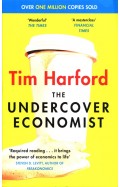
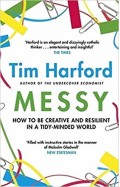
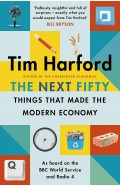
-120x187.jpg?q6)
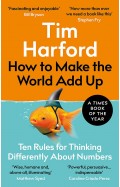
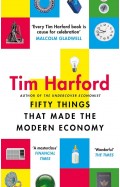
-120x187.jpg?q6)





